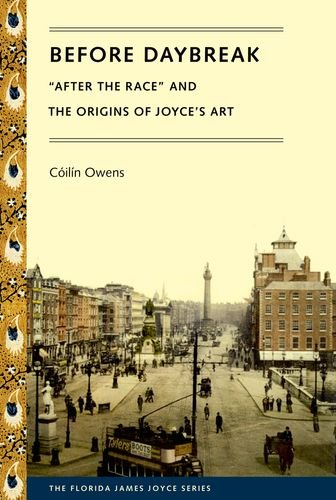

Most ebook files are in PDF format, so you can easily read them using various software such as Foxit Reader or directly on the Google Chrome browser.
Some ebook files are released by publishers in other formats such as .awz, .mobi, .epub, .fb2, etc. You may need to install specific software to read these formats on mobile/PC, such as Calibre.
Please read the tutorial at this link: https://ebookbell.com/faq
We offer FREE conversion to the popular formats you request; however, this may take some time. Therefore, right after payment, please email us, and we will try to provide the service as quickly as possible.
For some exceptional file formats or broken links (if any), please refrain from opening any disputes. Instead, email us first, and we will try to assist within a maximum of 6 hours.
EbookBell Team

4.0
96 reviewsJoyce’s “After the Race” is a seemingly simple tale, historically unloved by critics. Yet when magnified and dismantled, the story yields astounding political, philosophic, and moral intricacy.
In Before Daybreak, Cóilín Owens shows that “After the Race” is much more than a story about Dublin at the time of the 1903 Gordon Bennett Cup Race: in reality, it is a microcosm of some of the issues most central to Joycean scholarship.
These issues include large-scale historical concerns—in this case, radical nationalism and the centennial of Robert Emmet’s rebellion. Owens also explains the temporary and local issues reflected in Joyce’s language, organization, and silences. He traces Joyce’s narrative technique to classical, French, and Irish traditions. Additionally, “After the Race” reflects Joyce’s internal conflict between emotional allegiance to Christian orthodoxy and contemporary intellectual skepticism.
If the dawning of Joyce’s singular power, range, subtlety, and learning can be identified in a seemingly elementary text like “After the Race,” this study implicitly contends that any Dubliners story can be mined to reveal the intertextual richness, linguistic subtlety, parodic brilliance, and cultural poignancy of Joyce’s art. Owens’s meticulous work will stimulate readers to explore Joyce’s stories with the same scrutiny in order to comprehend and relish how Joyce writes.